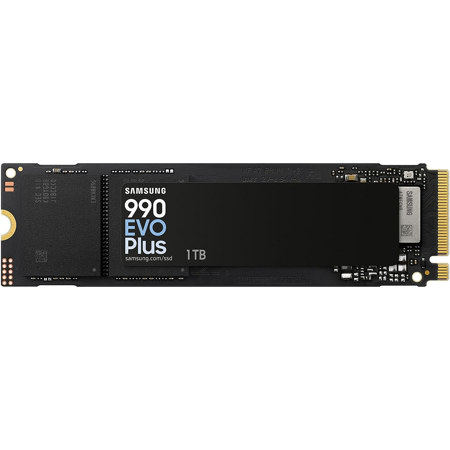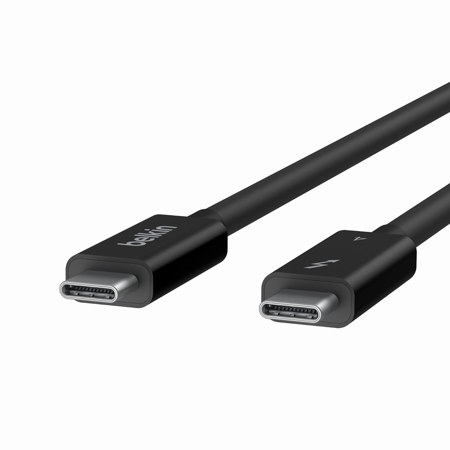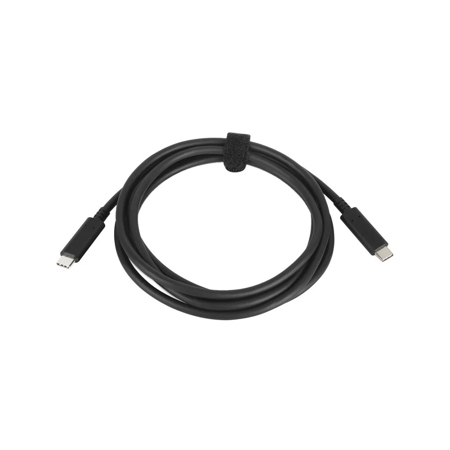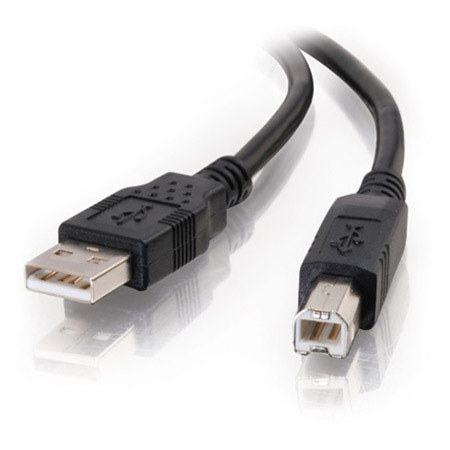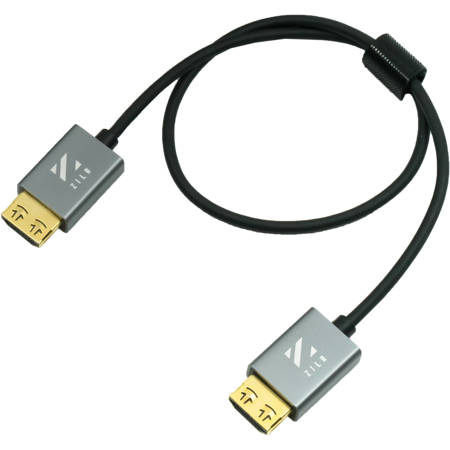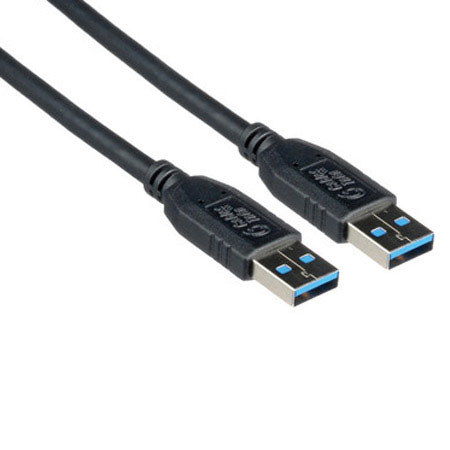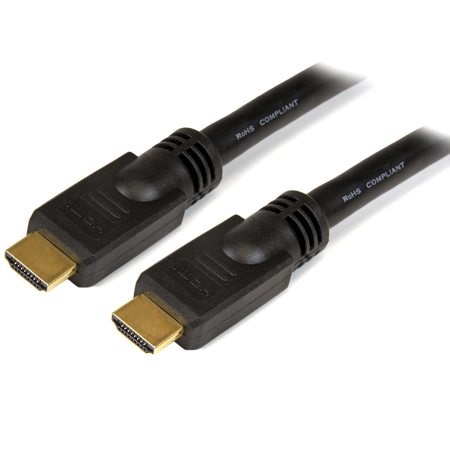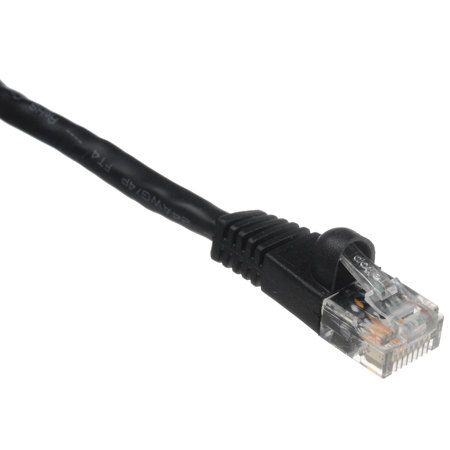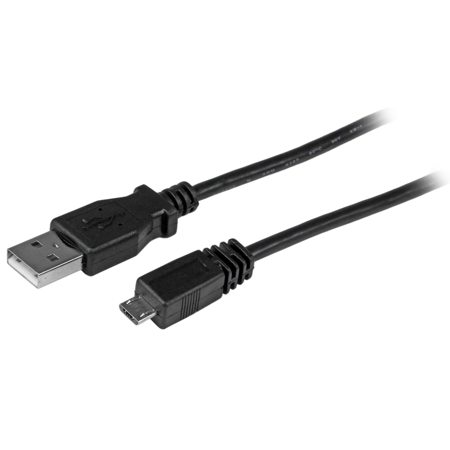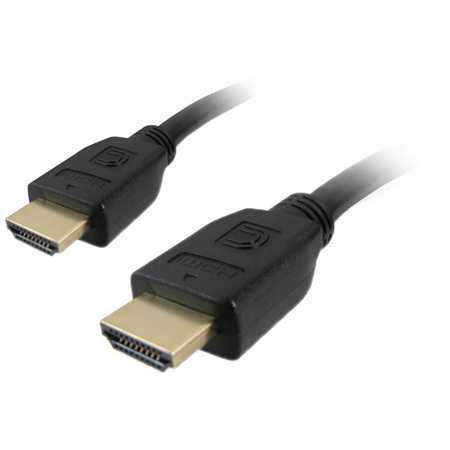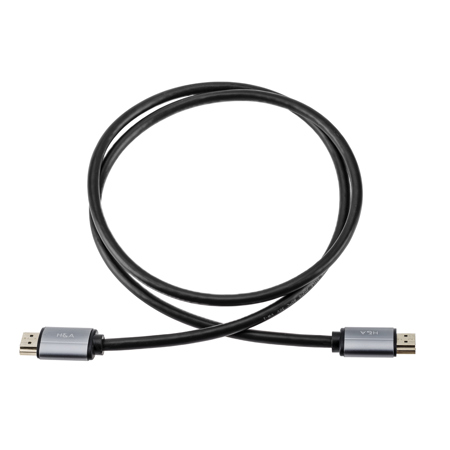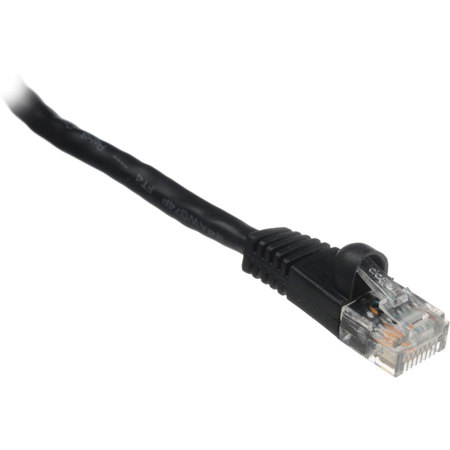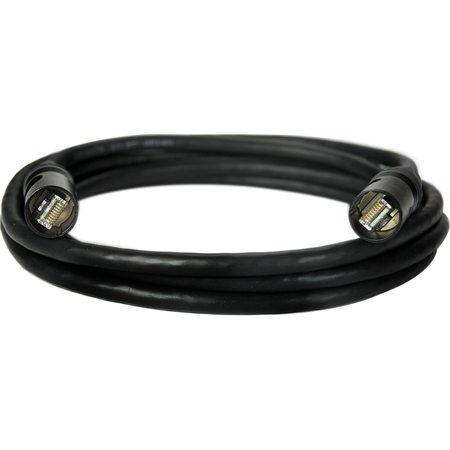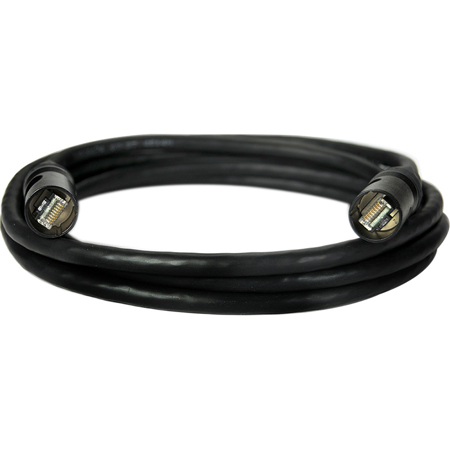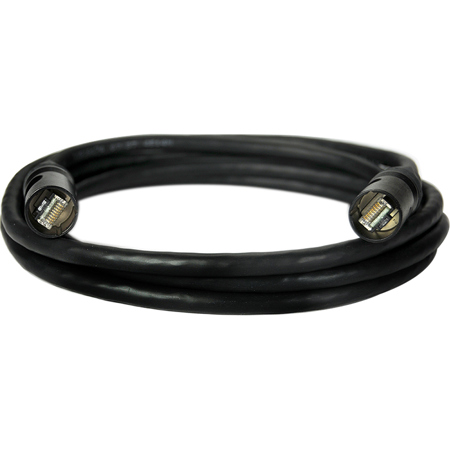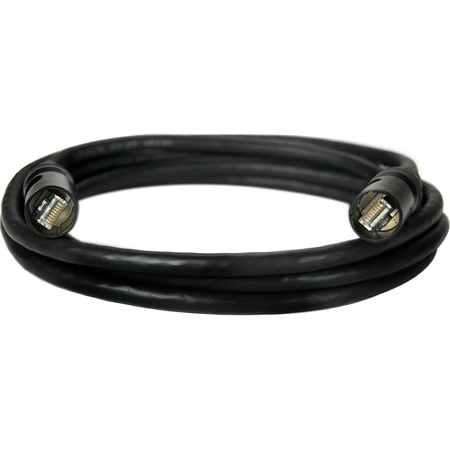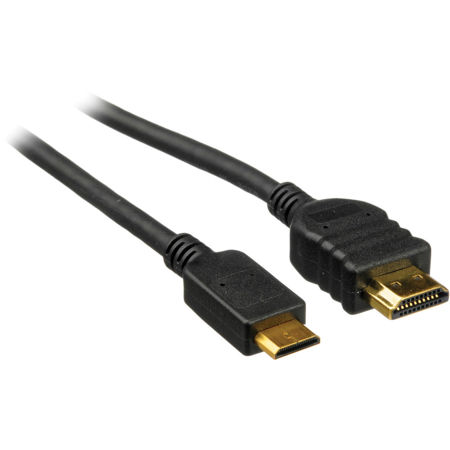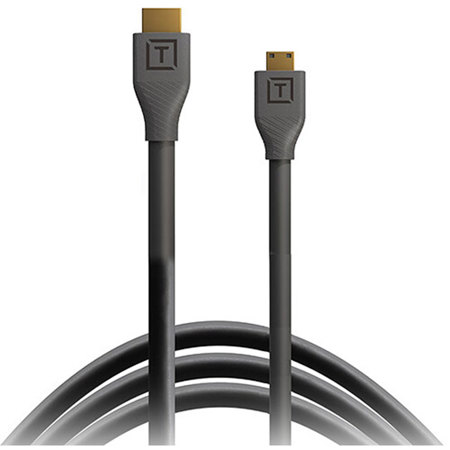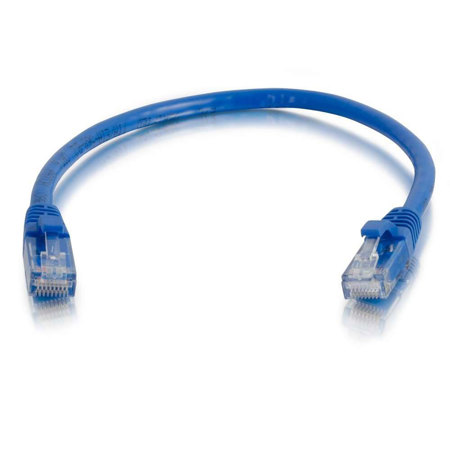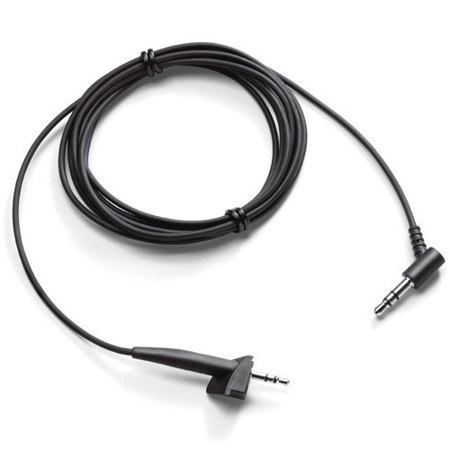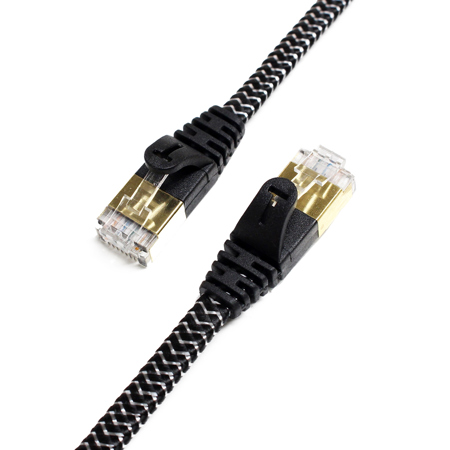High Speed Data Transmission Cables
In a world where digital content creation, streaming, and data management are at the heart of both professional and personal pursuits, high speed data transmission cables are the unsung heroes that keep everything running smoothly. Whether you’re a photographer transferring hundreds of RAW images from a shoot, a filmmaker moving massive 8K video files, a gamer demanding the lowest possible latency, or an IT professional wiring a bustling office, the right cable can make all the difference. Fiber optic cables, with their ability to transmit data at lightning-fast speeds over impressive distances, are often the backbone of data centers, campus networks, and connections between buildings. Their singlemode and multimode options offer flexibility for both ultra-long-range transmission and high-capacity local use. For those working in environments where speed and reliability are non-negotiable—think live event production, scientific research, or enterprise networking—fiber optics deliver unmatched performance, even in the most demanding conditions.
Closer to home or the studio, Ethernet cables are a mainstay for anyone who values stable, high-speed connections. Cat8 Ethernet cables, for example, provide up to 40 Gbps over short distances, making them ideal for server rooms, creative studios, or anyone building a future-proof home network. If you’re running cables across larger spaces, Cat6a is a solid choice, offering robust speeds up to 10 Gbps over distances up to 100 meters. For those upgrading their workstations, connecting NAS devices, or simply ensuring seamless 4K streaming throughout the house during the holidays, investing in quality Ethernet cabling pays off in reliability and peace of mind. December is a time when families gather, devices multiply, and bandwidth is pushed to the limit; a well-chosen cable can mean the difference between flawless streaming and frustrating lag. For a curated selection of the best options, explore our range of High Performance Ethernet Cables.
Beyond networking, high speed data transmission cables like Thunderbolt and USB 3.2 are essential tools for creative professionals and tech enthusiasts alike. Thunderbolt cables, capable of up to 40 Gbps, make it possible to daisy-chain monitors, connect ultra-fast external drives, or transfer entire video projects in the blink of an eye. USB 3.2 and USB 3.0 cables, with their broad compatibility and impressive transfer rates, are perfect for photographers backing up shoots on location, musicians moving large audio libraries, or anyone needing to sync devices quickly and efficiently. These cables also make thoughtful, practical gifts—imagine the relief of a student who can finally transfer projects without waiting, or a remote worker whose video calls stay crisp and uninterrupted. As winter settles in and indoor projects ramp up, having the right high speed cable on hand ensures that creativity and productivity never have to pause for slow connections. Whether you’re outfitting a professional studio, upgrading your home office, or searching for the perfect stocking stuffer for the tech lover in your life, high speed data transmission cables are indispensable, reliable, and ready to meet the demands of modern digital life.
Closer to home or the studio, Ethernet cables are a mainstay for anyone who values stable, high-speed connections. Cat8 Ethernet cables, for example, provide up to 40 Gbps over short distances, making them ideal for server rooms, creative studios, or anyone building a future-proof home network. If you’re running cables across larger spaces, Cat6a is a solid choice, offering robust speeds up to 10 Gbps over distances up to 100 meters. For those upgrading their workstations, connecting NAS devices, or simply ensuring seamless 4K streaming throughout the house during the holidays, investing in quality Ethernet cabling pays off in reliability and peace of mind. December is a time when families gather, devices multiply, and bandwidth is pushed to the limit; a well-chosen cable can mean the difference between flawless streaming and frustrating lag. For a curated selection of the best options, explore our range of High Performance Ethernet Cables.
Beyond networking, high speed data transmission cables like Thunderbolt and USB 3.2 are essential tools for creative professionals and tech enthusiasts alike. Thunderbolt cables, capable of up to 40 Gbps, make it possible to daisy-chain monitors, connect ultra-fast external drives, or transfer entire video projects in the blink of an eye. USB 3.2 and USB 3.0 cables, with their broad compatibility and impressive transfer rates, are perfect for photographers backing up shoots on location, musicians moving large audio libraries, or anyone needing to sync devices quickly and efficiently. These cables also make thoughtful, practical gifts—imagine the relief of a student who can finally transfer projects without waiting, or a remote worker whose video calls stay crisp and uninterrupted. As winter settles in and indoor projects ramp up, having the right high speed cable on hand ensures that creativity and productivity never have to pause for slow connections. Whether you’re outfitting a professional studio, upgrading your home office, or searching for the perfect stocking stuffer for the tech lover in your life, high speed data transmission cables are indispensable, reliable, and ready to meet the demands of modern digital life.
